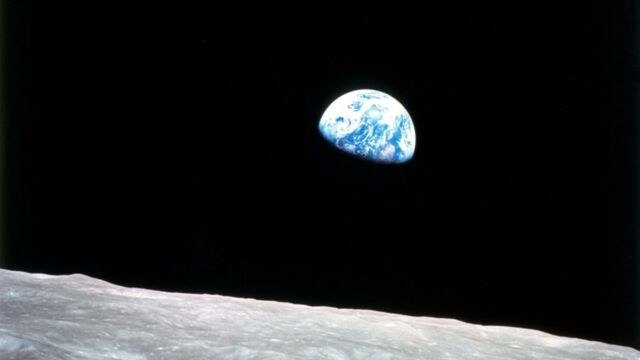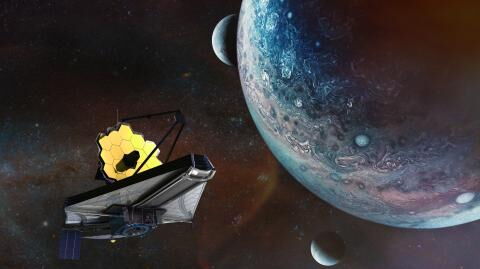Are we witnessing yet another melodrama in our Solar System? Everything suggests so, according to recent NASA revelations. The Moon, Earth's one and only satellite, is widening the distance year after year. But what does this really mean?
Discover our latest podcast
The end of a story?
The fifth largest satellite in the Solar System, the Moon is not a planet, but a permanent natural satellite. It is thought to have formed over 4 billion years ago, following a collision between the Earth and a celestial object the size of Mars, according to researchers at the University of Arizona. Located some 384,000 kilometers away, it has been orbiting around our planet all this time. This celestial ballet is perpetuated by the gravitational force exerted by the Earth.
Yes, but all good things must come to an end in this universe. NASA has announced the news. The Moon and Earth are moving away from each other by about 3.8 centimetres every year! A theory made plausible by the Lunar Laser Ranging Experiment. During the Apollo missions of the 60s and 70s, light reflectors were placed on the Moon's surface, in addition to taking man's first steps on it (#sorrynotsorry conspiracy theorists).
By directing beams of light towards them from Earth, and measuring the time taken for them to be reflected, researchers were able to track the evolution of the famous Earth-Moon distance. So, the two inseparables are moving apart, but what does that really mean?
Earth-Moon distance to scale. 🔥
— Deep Space Science (@DeepSpacePorn) September 8, 2023
🔭 pic.twitter.com/srlhfUJxsf
Read more:NASA reveals it may have found a 9th planet in our solar system and it looks massive
The Moon's role in the Solar system
The Moon is not a decorative object. No, it has a significant impact on life on Earth. According to Madelyn Broome, astrophysicist at the University of California, without its presence, our planet's rotational speed would be significantly altered. The 24-hour days we know would have been drastically reduced, by as much as 5 hours. No Moon, no tides. If the Earth exerts its gravitational force on the Moon, the reverse is also true. Of course, its weaker gravity doesn't have the capacity to change the Earth's trajectory, but it is nonetheless able to influence the movement of the oceans, via the phenomenon of tides.
But that's not all our beloved satellite can do. By illuminating the dark night, the full moon has a direct effect on the behavior of animals: hatching, predation... And on a much less scientific note, what would become of modern-day werewolves and sorcerers who write their intentions on the new moon or cut their hair when it's full?
Fortunately, this little world has a bright future ahead of it. Scientists predict the end of the Earth-Moon love affair in around 50 billion years' time. And before that, in 5 billion years' time, the death of the Sun is predicted. In other words, the two inseparables will come to an end together. Phew, we've been reassured!
@DaydreamAstro@angegarrod@CathAdams1973@FunkyAppleTree@DavidBflower@mikesaltsman194@jonesy1007@jaythegrumpy@TheSnoopySnoop@badas_tweets@MoonHourSocial Sunday mornings crescent moon 20.4% illuminated at 04:23 at a distance of 403470km from the Earth pic.twitter.com/P1KPMwWzY6
— Ray Browell Photography (@NWSAcaster) September 10, 2023
Read more:Are you suffering from full moon insomnia? It's more common than you think...
This article has been translated from Gentside FR.
Sources used:
University of Arizona News: Meteorites Date Moon-Forming Impact Event
NASA: MEASURING THE MOON'S DISTANCE
LiveScience: Will Earth ever lose its moon?















